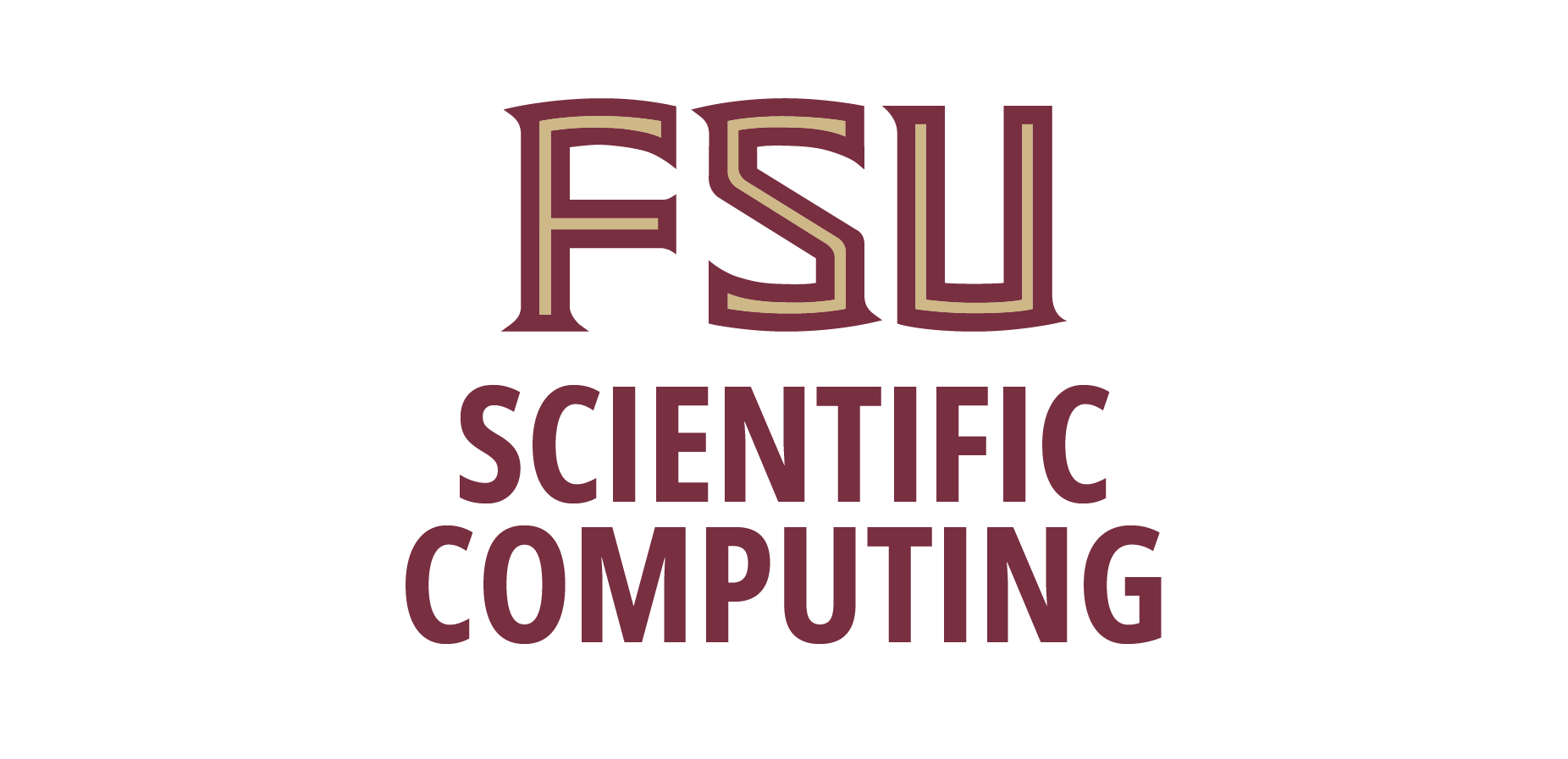Department of Physics
Florida State University
"The quantum many-body problem and what are we doing to solve it"
, 499 DSL
Abstract:
In his famous 1929 article on quantum mechanics, Paul Dirac aptly noted that while the underlying laws of physics and chemistry are completely known, the equations are much too complicated to be soluble. It becomes desirable to develop approximate practical methods which can lead to an explanation of the main features of complex atomic systems without too much computation. But 90 years later, the reliable simulation of “strongly correlated” quantum systems, those for which the large-scale physics is not well-approximated by a non-interacting model, remains a major challenge in physics, chemistry, and materials science. They are at the heart of many intriguing quantum physical phenomena such as high temperature superconductivity, the quantum Hall effect and exotic magnetism/quantum spin liquid behavior. Despite their abundance in nature, their technological relevance, and the intense efforts devoted to their study, many basic physics questions concerning the materials exhibiting these quantum phenomena remain unanswered. In this talk, I will explain why the quantum many-body problem has been difficult to solve, with a brief overview of its history. I will then focus on recent advances based on variational wavefunctions called tensor networks, that have helped simulate low dimensional quantum systems such as the two dimensional Hubbard model and the kagome Heisenberg antiferromagnet. Solutions to these problems have defied theorists for the last few decades, but now seem to be within reach. Finally, I will focus on the next frontier of problems we are addressing to connect to real materials and experiments, using density-matrix downfolding, that will enable realization of Dirac's vision of quantum many-body physics.

